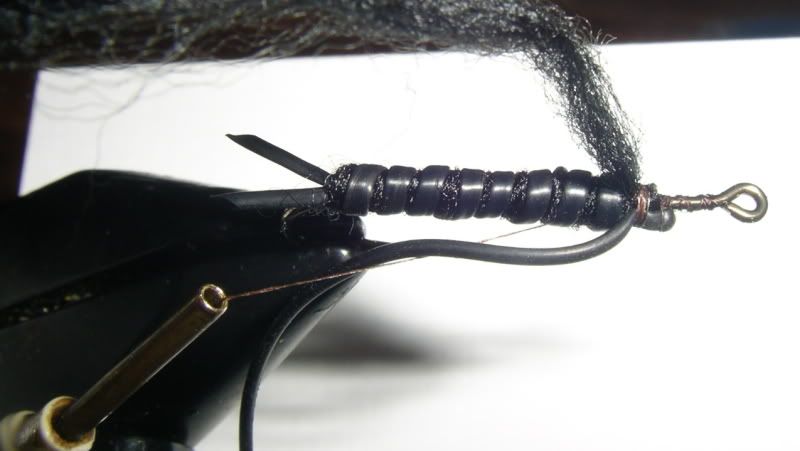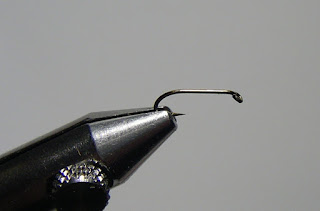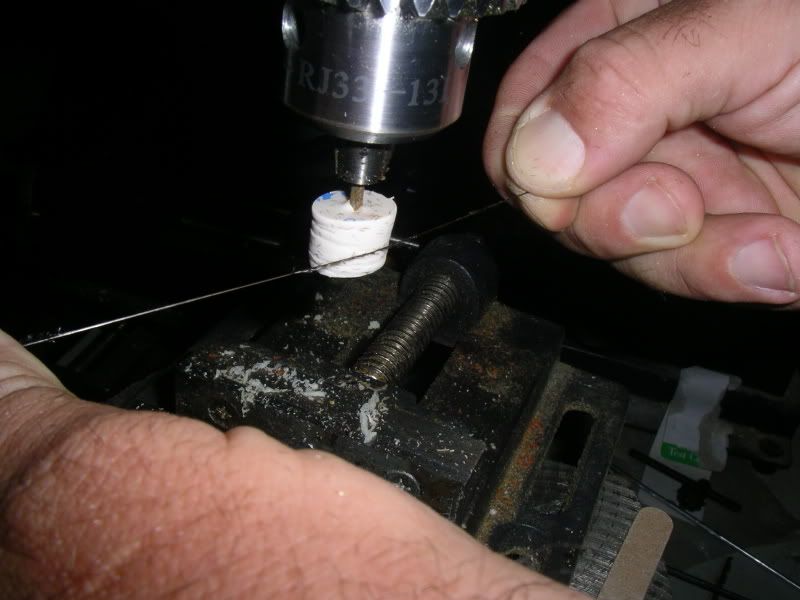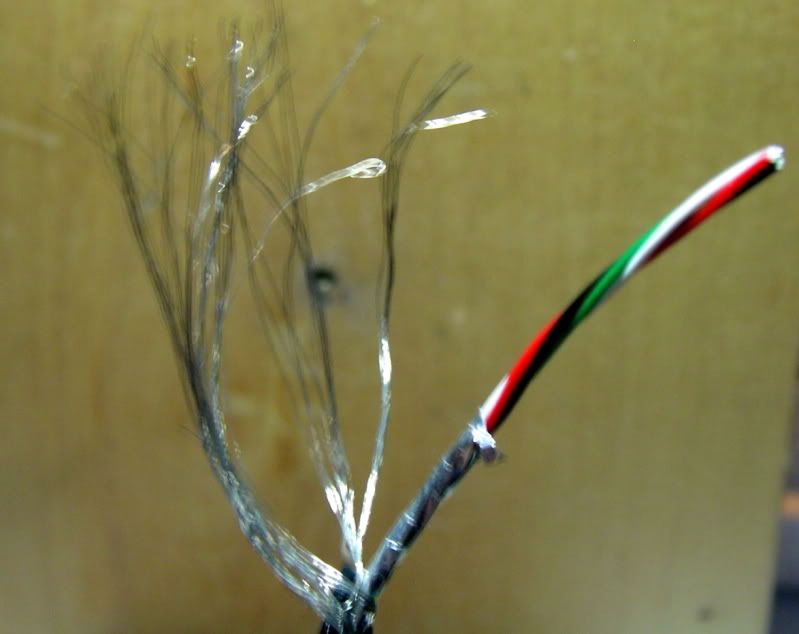Unfortunately the modern world has added a lot of trappings that just seem silly. One of the things I personally found weird is the odd attraction to faux or just plain fake decorations.
Enough of the righteous indignation's. To each his own. I don't really get into the over the top decor, but I really do like the cheap materials that appear this season. Those fake decorations make some fine and affordable tying materials.
This year I thought maybe 'have we done it all with Christmas trappings'? Had all the ribbon and wrapping paper ideas been exhausted? With that in mind I ask the question to the Facebook Group, Trash Flies. Here's one response.
Joshua Garris
Josh is a top notch fly tyer and a highly sought after guide. He can be contacted at Curtis Wright Outfitters here Western North Carolina. He know fish and fly fishing.
The idea seemed pretty interesting and here's my attempt.


Hook: #16 Nymph
Bead: Sm brass
Tail and legs: Gadwell Flank
Thorax: plastic pine tree needle
Wingcase: Plastic pine tree needle
Abdomen: Peacock hurl
I'll have to say I was surprised and pleased with the outcome. I believe fake plastic needles might just have a place at the bench. To change there shade apply pressure and stretch the material some.
Dedicated to my son. I love you.

















































